Understanding Sliding Partition Walls
What is a Sliding Partition Wall?
A sliding partition wall is a versatile architectural element designed for flexibility in space management. Unlike traditional fixed walls, sliding partition walls can easily be moved, reconfigured, and adjusted to suit various needs within a space. Typically composed of lightweight materials like wood, glass, or aluminum, these walls often operate on simple track systems that allow for smooth movement. They are increasingly popular in both residential and commercial settings where adaptive use of space is essential.
Benefits of Using Sliding Partition Walls
Sliding partition walls offer a plethora of benefits that make them an attractive option for enhancing versatility in space design. Here are some of the key advantages:
- Space Optimization: They allow for better utilization of available space, transforming a large area into smaller, functional spaces without permanent construction.
- Flexibility: Easily adaptable to changing requirements, sliding walls can be opened to create an expansive area or closed off for privacy.
- Cost-Effective: Compared to traditional wall constructions, sliding partitions typically require less labor and material costs for installation and modification.
- Acoustical Control: Many sliding partition systems are designed with sound insulation properties, helping to reduce noise pollution between divided areas.
- Aesthetic Appeal: Available in a myriad of styles, colors, and finishes, sliding walls can significantly enhance the visual appeal of a space.
Types of Sliding Partition Walls Available
Sliding partition walls come in various types, each catering to different needs and aesthetics:
- Glass Sliding Walls: These walls foster an open and airy feel, allowing natural light to flow while visually separating spaces.
- Wooden Sliding Walls: They add warmth and sophistication, ideal for creating cozy and inviting interiors.
- Fabric Sliding Panels: Perfect for home theaters or conference rooms, these panels can enhance acoustic performance while providing privacy.
- Operable Partitions: Designed for versatility, they often feature customized designs and strong sound insulation, making them ideal for commercial settings.
- Eco-Friendly Options: Sustainable building materials can be utilized for environmentally conscious designs.
Designing Your Space with Sliding Partition Walls
Choosing the Right Style and Materials
Selecting the right style and material for your sliding partition wall is pivotal in ensuring it aligns with the overall design aesthetic of your space. Factors to consider include:
- Functionality: Assess the primary function the sliding wall will serve – whether for privacy, aesthetics, or acoustic control.
- Material Durability: Depending on use, opt for materials ranging from lightweight panels to heavier, durable options.
- Design Theme: Consider how the partition fits into your existing design theme – from modern minimalism to rustic charm.
Color and Texture Considerations
The color and texture of sliding partition walls can dramatically influence the ambiance of a room. Here are a few guidelines:
- Neutral Tones: Opt for soft, neutral colors to ensure versatility; they blend well with various decorative themes.
- Bold Colors: If aiming for a statement piece, choose a bold color that complements furniture and accessories.
- Mixing Textures: Incorporating different textures, such as glass and wood, can enrich the visual appeal while serving functional needs.
Integrating Sliding Partition Walls with Existing Decor
To harmoniously integrate sliding partition walls within existing decor, consider the following:
- Consistent Style: Choose designs that echo the architectural details of your current space.
- Functional Decor: Use decorative elements that enhance the functionality of the sliding walls, making them feel like part of the architecture.
- Unified Color Schemes: Ensure color palettes match your existing walls and furnishings for a unified look.
Installation Tips for Sliding Partition Walls
Preparing Your Space for Installation
Prior to installation, careful planning is required to ensure optimal performance of the sliding partition walls. Consider these steps:
- Measurements: Accurately measure height and width to verify that the chosen partition wall fits the intended space.
- Floor Condition: Ensure that the floor is level; uneven flooring can hinder the sliding mechanism.
- Track Placement: Plan the ideal location for the track system, ensuring compatibility with existing structures.
DIY vs. Professional Installation
The decision to install a sliding partition wall yourself or hire a professional depends on comfort with construction processes and desired precision. Consider the following:
- DIY: If skilled in handling tools, you might save on labor costs but must ensure adherence to safety protocols.
- Professional: Hiring experts ensures a seamless installation, especially for complex designs that require meticulous precision.
Common Installation Mistakes to Avoid
To ensure a successful installation, be aware of common pitfalls such as:
- Poor Measurements: Double-check measurements before purchasing or cutting materials.
- Insufficient Support: Ensure the installation area can support the weight and movement of the partition.
- Ignoring Clearances: Allow enough clearance when opening the wall; neglecting this can hinder usability.
Maintenance and Care for Sliding Partition Walls
Regular Cleaning and Upkeep
To maintain the functionality and aesthetic of sliding partition walls, implement a regular cleaning schedule. Use a soft cloth and appropriate cleaning solutions for different materials:
- Glass: Utilize glass cleaner and a microfiber cloth to prevent streaks.
- Wood: Apply wood polish to maintain shine while protecting from scratches.
- Fabric: Check care instructions; some fabrics may require vacuuming or professional cleaning.
Inspecting Mechanisms and Tracks
Regularly inspect the sliding mechanisms and tracks for wear and tear. Look for:
- Rust or Damage: Clean and lubricate the tracking system to ensure smooth operation.
- Alignment Issues: Make adjustments if the partition is not sliding properly.
- Dust Accumulation: Keep tracks free from debris to avoid operational issues.
When to Replace or Upgrade
Identify the signs indicating when to replace or upgrade sliding partition walls:
- Visible Damage: Cracks, scratches, or wear that affects functionality should be addressed immediately.
- Outdated Style: If the design no longer fits your aesthetic or functional needs, consider a modern upgrade.
- Operational Issues: Continuous malfunctioning may warrant replacement rather than repair.
Real-World Applications of Sliding Partition Walls
Residential Versatility and Customization
Sliding partition walls are commonly utilized in residential settings for their flexibility. They can divide spaces in apartments, homes, or studios, effectively allowing homeowners to create distinct areas for living, working, and entertaining. Examples include:
- Home Offices: Use sliding walls to create a separate workspace within a living area.
- Guest Rooms: Partition off a portion of a larger space to create a temporary bedroom for guests.
- Open-Concept Houses: Adaptively reconfigure spaces for varying needs, from quiet family gatherings to vibrant parties.
Commercial Uses of Sliding Partition Walls
In commercial environments, sliding partition walls are invaluable for their adaptability. They are widely employed in:
- Office Environments: Allowing quick reconfiguration of spaces for meetings or collaboration.
- Restaurants: Creating private dining areas or event spaces that can be adjusted based on occupancy.
- Exhibition Spaces: Enabling modular displays that can quickly adapt to different events or presentations.
Case Studies: Successful Installations
Numerous case studies highlight the successful integration of sliding partition walls:
- Residential Transformation: An urban apartment utilized sliding walls to maximize space without sacrificing aesthetic value, allowing the owner to entertain guests without compromising privacy.
- Corporate Flexibility: A tech company employed sliding partition walls to create adaptable meeting spaces that evolved with their growing team, reducing overhead costs associated with permanent constructions.
- Hospitality Innovation: A boutique hotel utilized glass sliding walls to enhance guest room design while promoting natural light, significantly improving guest satisfaction ratings.

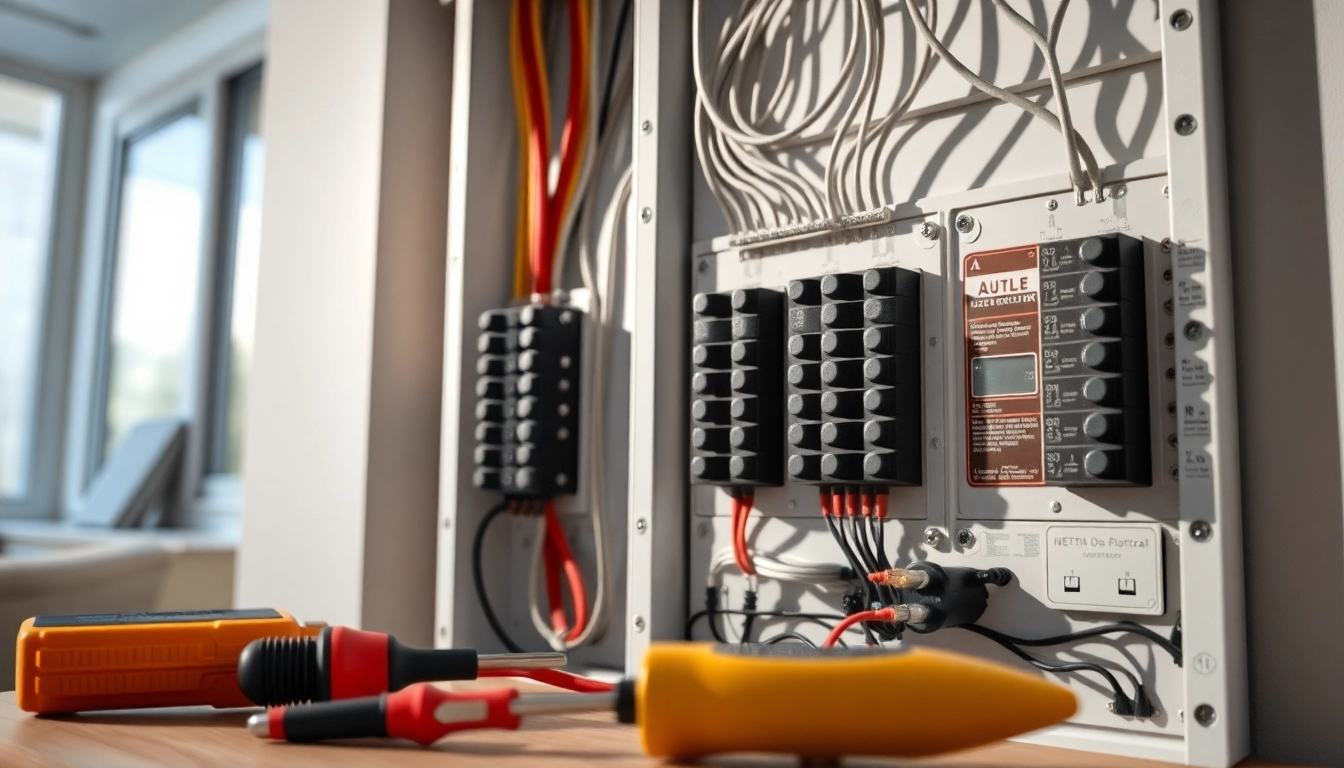




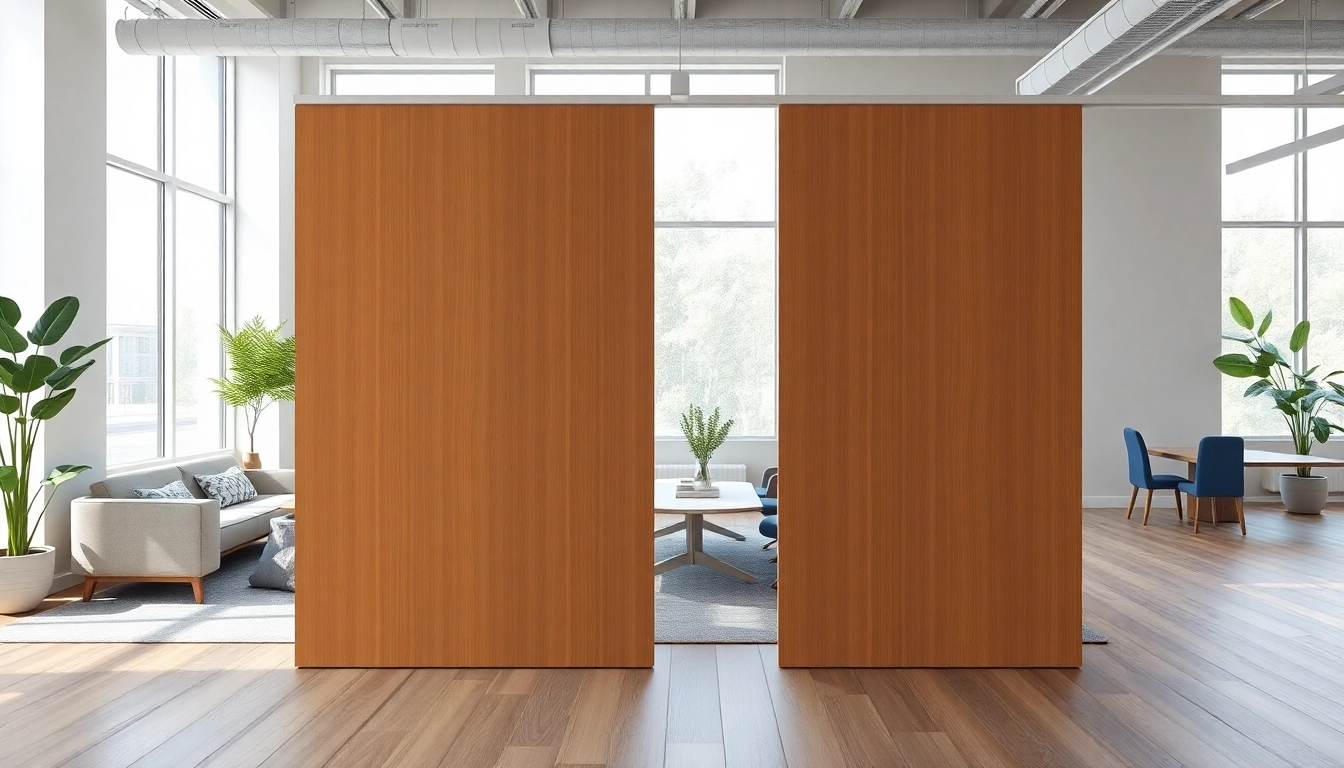
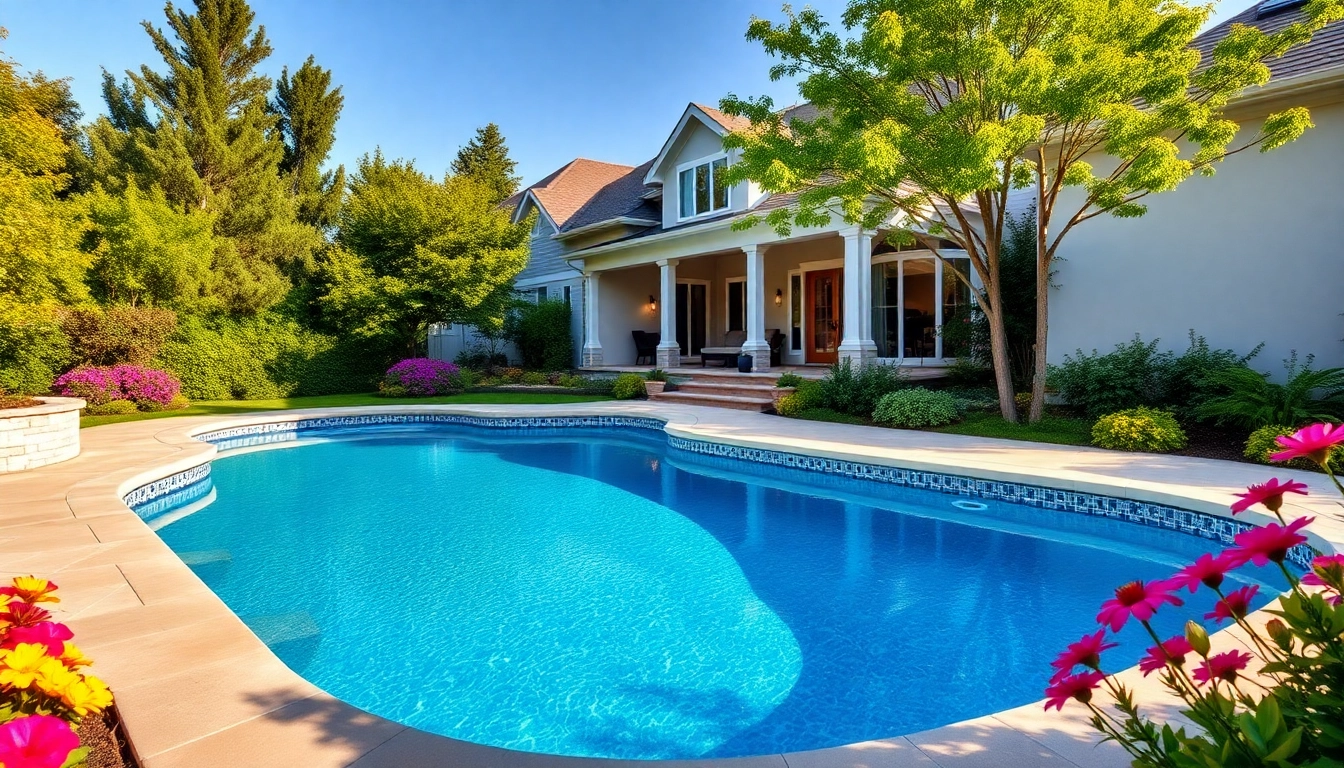
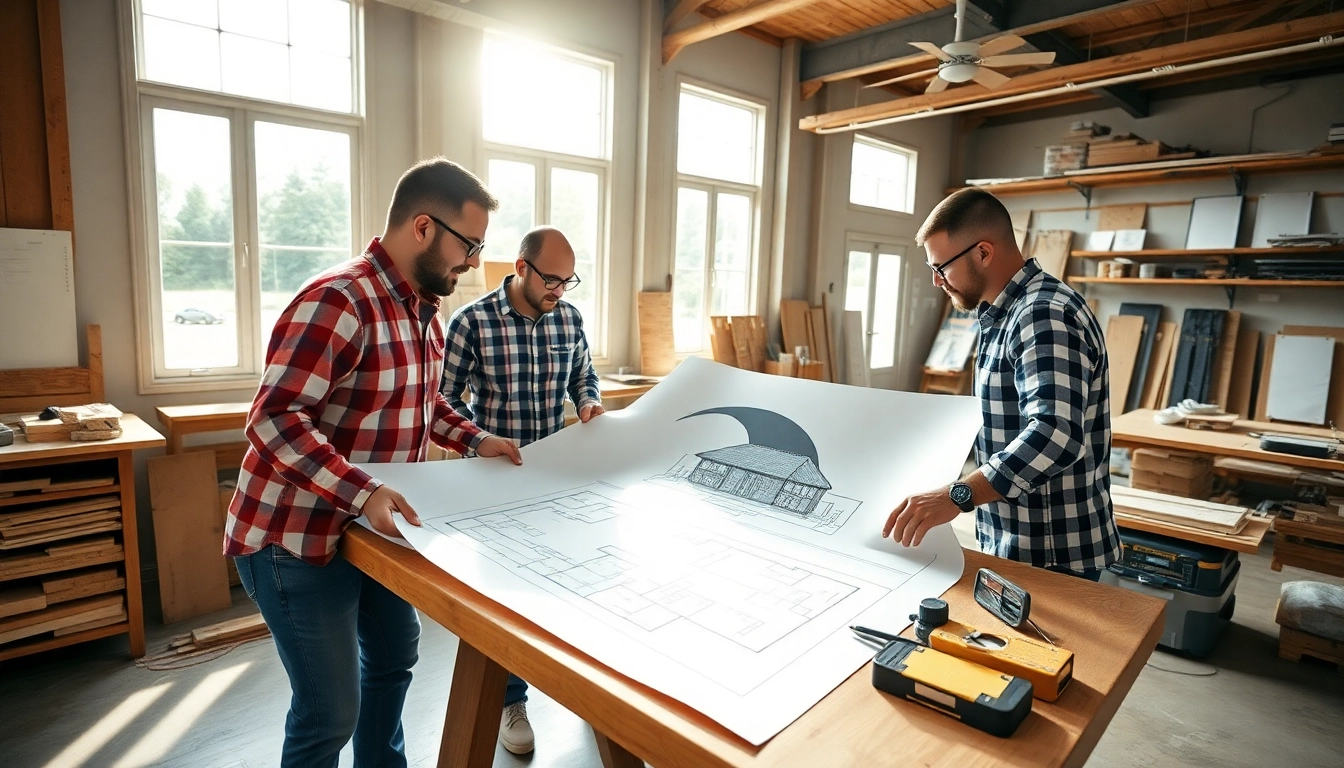
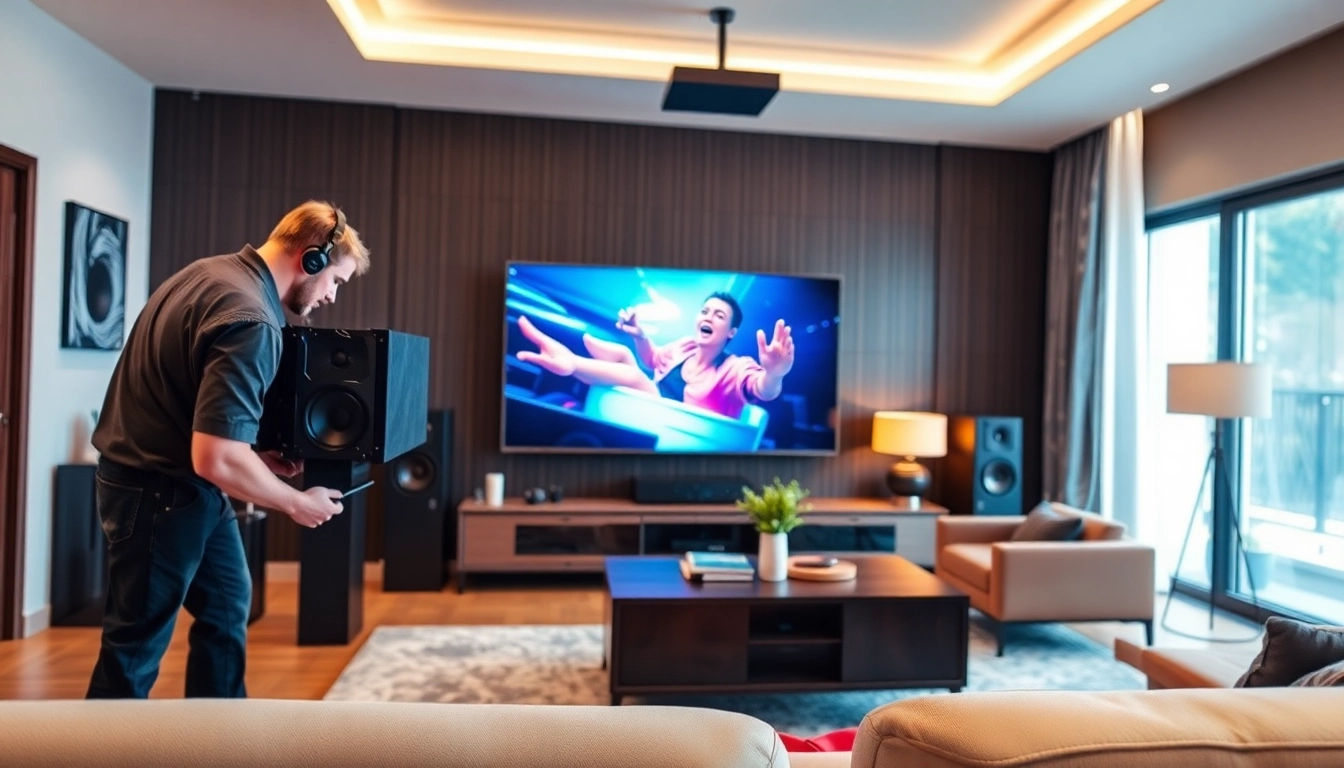



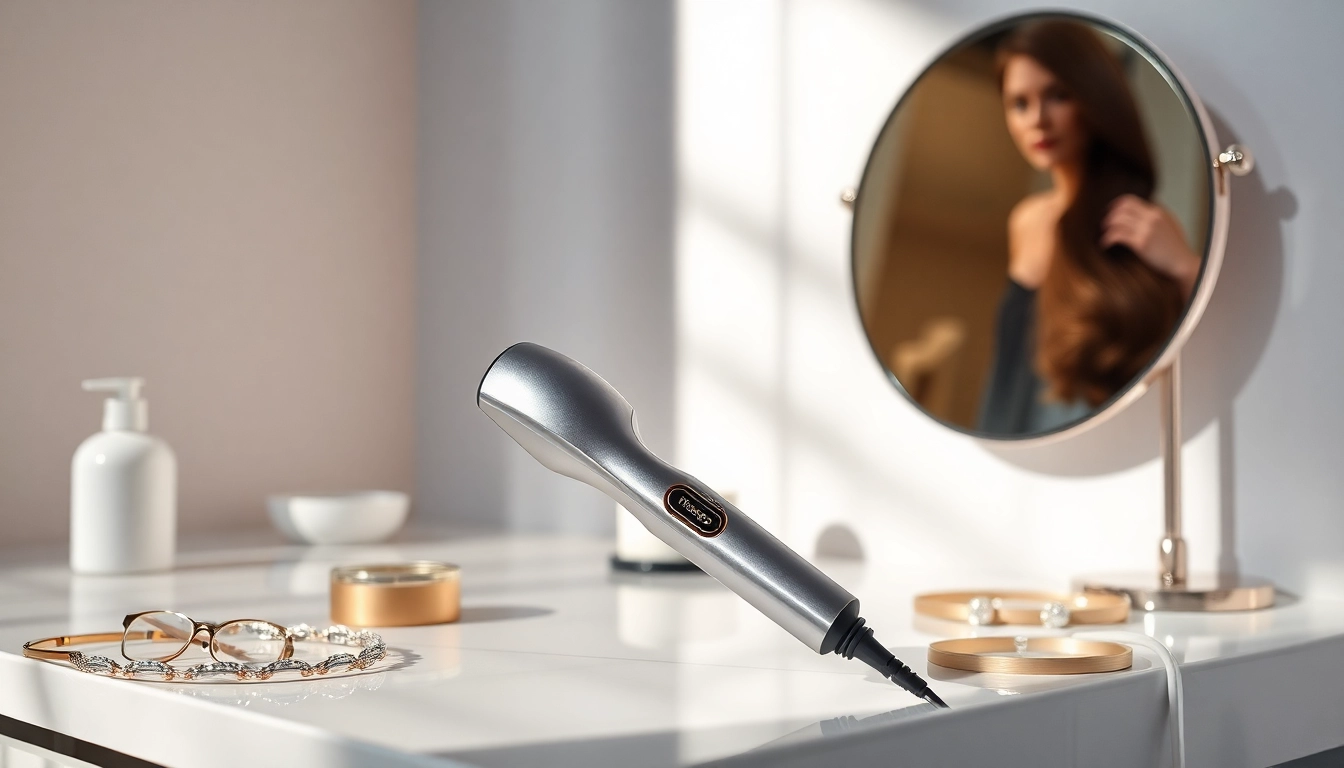

Leave a Reply